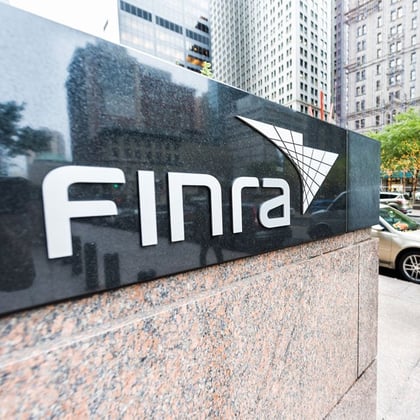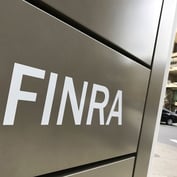What You Need to Know
- Firms that don't clearly state why a broker has been terminated in a Form U5 can expect a call from FINRA, it warns.
- Forms U4 and U5 issues are the top source of FINRA investigations.
- FINRA enforcement brings about 700-800 disciplinary actions a year of the more than 25,000 matters it looks into.
Most of the enforcement actions taken by the Financial Industry Regulatory Authority are focused on brokers who are “bad actors” and made “clear-cut violations” of FINRA member rules and securities laws, and they are “not close calls,” according to Steven Price, senior vice president, National Cause Program for FINRA Member Supervision.
Part of the National Cause and Financial Crimes (NCFC) Detection Programs launched in 2020, the National Cause Program usually starts looking into a firm based on some “triggering” event or information it receives that raises concern, he explained during a virtual conference panel on the “Lifecycle of a FINRA Investigation” posted on FINRA’s website last week.
“We see around 25,000 matters that are coming in” through the National Cause Program that it investigates, he said.
But issues in U5 Termination forms filed by FINRA-associated broker-dealer firms that fire brokers and U4 Application forms that all brokers fill out to become registered represent the No. 1 source of FINRA inquiries into firms and brokers, Price said.
Other top sources are tips from a variety of places including FINRA, the public, a firm’s employees or the Securities and Exchange Commission; customer complaints; and arbitration, he said.
Meanwhile, the most frequent subjects of the matters FINRA investigates are investment strategy suitability, misrepresentations, excessive trading and fraud, he said, adding that FINRA has seen a lot of customer service issues recently.
U4 and U5 Issues
Price himself “lost sleep over how we word Form U5s” in his previous industry role as an executive at the asset services company ALPS before joining FINRA in April 2020, according to his LinkedIn profile.
“Firms often are concerned about their legal exposure when they terminate an employee, but they also have to battle with FINRA’s guidance,” he said, as first reported by Financial Advisor IQ on Monday.
FINRA Regulatory Notice 10-39 governs a firm’s obligations to provide timely, complete and accurate information on Form U5.
Enough information must be included in the U5 by the firm so that FINRA or some future firm will “be able to reasonably determine what happened,” Price explained.
However, “what oftentimes we’ll see is firms sort of trying to walk that line,” he pointed out. “They may provide not enough information on [it], you may see a violation of firm procedures or something a little more opaque, and I think if a firm were to put something like that on a Form U5 they are almost always going to expect a call from us.”
When FINRA reviews the Form U5, it wants to know if there was any “true harm” to clients or rule violations, Price said.
On the other hand, when firms describe broker terminations for performance reasons or because brokers didn’t hit sales targets, “those are generally not areas we’re going to be following up on,” he noted.
Two-thirds of the time, an investigation ends after FINRA staff members look at the Form U5 because they learn there was “nothing nefarious going on, according to the FINRA executive. Also, of the 25,000 matters brought to FINRA’s attention each year, he said, about 8,000 move forward to the next stage of the investigation.









 April 14, 2021 at 05:32 PM
April 14, 2021 at 05:32 PM










